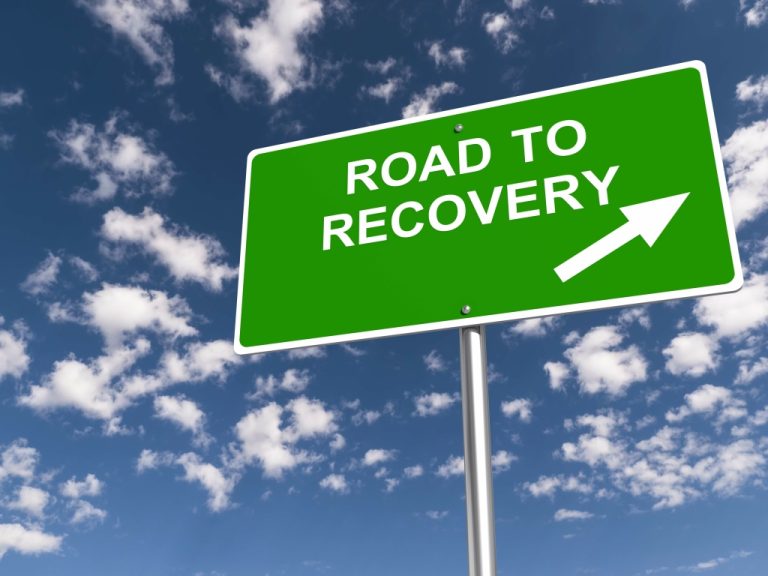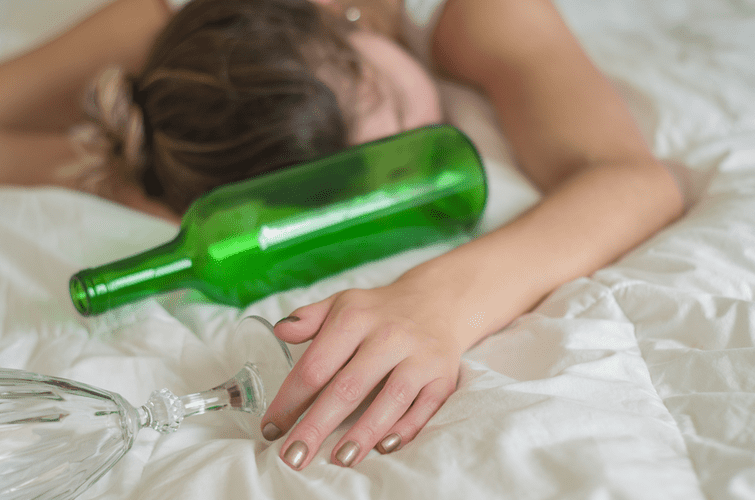And little has been done to understand how to help those who are heavier drinkers change their behavior. As with most questions related to a specific individual’s cancer treatment, it is best for patients to check with their health care team about whether it is safe to drink alcohol during or immediately following chemotherapy treatment. The doctors and nurses administering the treatment will be able to give specific advice about whether it is safe to consume alcohol while undergoing specific cancer treatments.
Study uncovers alcohol’s damaging effects on brain cells through oxidative stress
However, less is known regarding the role and interaction among alcohol consumption, immune modulation of tumor growth, blood vessel formation (i.e., angiogenesis), metastasis, and survival. It is well established that immunosurveillance by the innate and adaptive immune systems plays important roles in the prevention of cancer and in controlling cancer survival (Fridmann et al. 2012; Rocken 2010). However, direct or indirect interactions of the tumors with their microenvironment can facilitate immune evasion so that the tumor is not detected by the immune system and thus can spread uncontrolled. Tumors also release factors that can directly or indirectly suppress antitumor immune responses, thus facilitating angiogenesis, invasion of surrounding tissues, and metastasis to distant sites in the body (for a general review, see Jung 2011). (For more information on the processes involved in tumor metastasis, see the sidebar.) The following sections will review the role of alcohol in cancer growth and progression, both in humans and in animal models.
Alcohol and Cancer Risk
One method which might overcome some of the limitations in observational studies is Mendelian randomisation (MR), which uses genetic variants to explore the causal relationship between exposure and disease outcome. Assuming that analyses are conducted appropriately, due to the random distribution of these genetic variants at birth, MR studies should be less prone to conventional confounding and reverse causality. Along with these effects, alcohol may contribute to cancer growth in other, unknown ways. Alcohol and its byproducts can also damage the liver, leading to inflammation and scarring (cirrhosis). As liver cells try to repair the damage, they can end up with mistakes in their DNA, which could lead to cancer. In the 2009 study, Kelly and his colleagues described patients to more than 600 clinicians, alternating between “substance abuser” and “having a substance use disorder.” Those in the latter category were viewed more sympathetically and as more worthy of treatment.
Studies Using Rodent Tumor Cell Lines
An increased risk of prostate cancer was observed for light and moderate drinking in Bagnardi and colleagues’ meta-analysis but not in the dose-response analysis of one drink per day by WCRF [7,8]. Several studies using animal cancer models indicate tumor specific differences in the effect of alcohol on tumor growth and metastasis. These models included various types of breast cancer, melanoma, lung cancer, colon cancer, and hepatocellular carcinoma (For more information, see the sidebar “Effects of Alcohol on Tumor Growth, Invasion, Metastasis, and Survival in Animal Models”).
Effects on other harmful chemicals
Using the data from All of Us does come with some limitations, they acknowledged, including that cancer diagnoses were self-reported and couldn’t be verified in every case. And because of the study’s nature, it can also create certain “biases” in the data that may affect its accuracy or how relevant it is to the larger population of people with cancer and long-term survivors. Even as rates of heavy drinking have skyrocketed in the United States over the last few years, driven largely by the COVID pandemic, so has the realization that drinking has definite and serious harms, she continued. A person’s risk of alcohol-related cancers is influenced by their genes, specifically the genes that encode enzymes involved in metabolizing (breaking down) alcohol (27). As ROS are highly reactive, their presence can lead to lipid peroxidation producing aldehydes which can bind to DNA forming etheno-DNA adducts [29,30]. These ethe-DNA adducts, namely 1,N6-ethenodeoxyadenosine and 3,N4-ethenodeoxycytidine, are highly mutagenic as they lead to mutations in several genes involved in key cell cycle regulation and tumour suppression [21].
- Given the study’s findings, “there’s also a need to better understand why so many cancer survivors have such high alcohol consumption,” she continued.
- But it has been difficult to establish whether alcohol directly causes cancer, or if it is linked to possible confounding factors (such as smoking and diet) that could generate biased results.
- Alcohol originally was described as immunosuppressive, and numerous studies support the immunosuppressive aspects of alcohol consumption on the innate and adaptive immune systems.
- A high proportion of American adults, both drinkers and non-drinkers (35), are unaware of the association between alcohol consumption and cancer risk.
Elevated concentrations of oestrogen due to alcohol use may lead to increased transcriptional activity of ER (up to 15 times higher than normal activity), resulting in proliferation of ER+ cells [39]. Inflammation is a key pathway to cancer progression at several sites and is enhanced by alcohol use. Chronic alcohol consumption can symptoms of alcohol withdrawal recruit specific white blood cells (monocytes and macrophages) to the tumour microenvironment. These white blood cells produce pro-inflammatory cytokines, such as tumour necrosis factor α (TNF-α) and the interleukins IL-1, IL-6, and IL-8 [31,33], which activate oxidant-generating enzymes leading to downstream formation of ROS [30].
Recent evidence suggests that acetaldehyde production also occurs in the oral cavity and may be influenced by factors such as the oral microbiome (28, 29). According to the federal government’s Dietary Guidelines for Americans, 2020–2025, individuals who do not drink alcohol should not start drinking for any reason. The Dietary Guidelines also recommends that people who drink alcohol do so in moderation by limiting consumption to 2 drinks or less in a day for men and 1 drink or less in a day for women.
He said when alcohol enters the body, it is absorbed into the outer membranes of cells and affects how they function and communicate with one another. DNA is the cell’s “instruction manual” that controls a cell’s normal growth and function. Participants in the survey are a nationally representative sample of adults aged 18 and older.
The studies that are available examined the immune responses in patients with head and neck cancer. These patients often are immunodeficient because of their alcohol abuse and heavy tobacco use; however, the contribution of continued alcohol abuse to altered immune parameters in these patients has largely not been assessed. Evidence that directly implicates immune cells from bath salts addiction: signs risks and treatment both the innate and adaptive immune systems in control of cancer growth and progression continues to accumulate. This has stimulated research directed toward developing effective immunotherapeutic approaches to treat cancer (for a review of the tumor immune response as well as approaches being taken to develop immunotherapeutics for cancer, see Harris and Drake 2013).
One of the ways in which the body defends itself against tumor cells involves their destruction by NK cells. The investigators also analyzed alcohol’s effects on NK-cell activity, finding that neither acute injection nor dietary administration of ethanol in these experiments affected NK-cell activity against MADB106 cells when determined in an in the irrational mind of addicts and alcoholics vitro assay (Yirmiya et al. 1992). When MADB106 and CRNK-16 cells were incubated with ethanol in vitro, the numbers of these cells were reduced after 5 days. These effects were significant for MADB106 cells at ethanol concentrations of 0.2 percent, 0.5 percent, and 1.0 percent ethanol and for CRNK-16 cells at 0.5 percent and 1.0 percent ethanol.
Alcohol exposure was found to reduce the metabolic activity and viability of both undifferentiated and differentiated cells in a dose- and exposure-duration-dependent manner. A significant reduction in cell viability was observed after six hours of exposure to alcohol concentrations of 20 mM or more. What that means is that nations in those areas of Africa should be thinking now about strategies to control drinking. “Currently, only 16 of 46 countries in sub-Saharan Africa have national alcohol strategies,” says Rumgay.
For example, alcohol can increase the levels of estrogens in the body, which might increase the risk for breast cancer recurrence. For other cancers of the digestive tract (e.g., stomach, pancreas, colon, and rectum), however, the results are less clear and generally are variable across studies, possibly because of differences in study design. Researchers also have no clear understanding of the potential mechanisms through which alcohol might act as a cocarcinogen at these sites (IARC 1988; Doll et al. 1999). Moreover, the RR estimates based on the pooled data in this meta-analysis ranged from 1.1 to 1.3 for the highest level of alcohol intake. These values indicate only a weak association of alcohol with these types of cancer, which may possibly result from residual bias in the analysis or from confounding factors, such as diet.…





